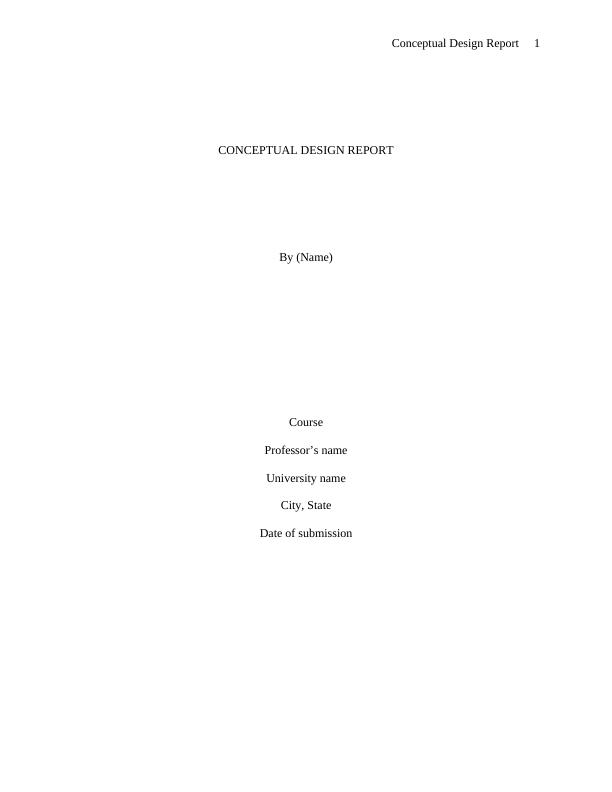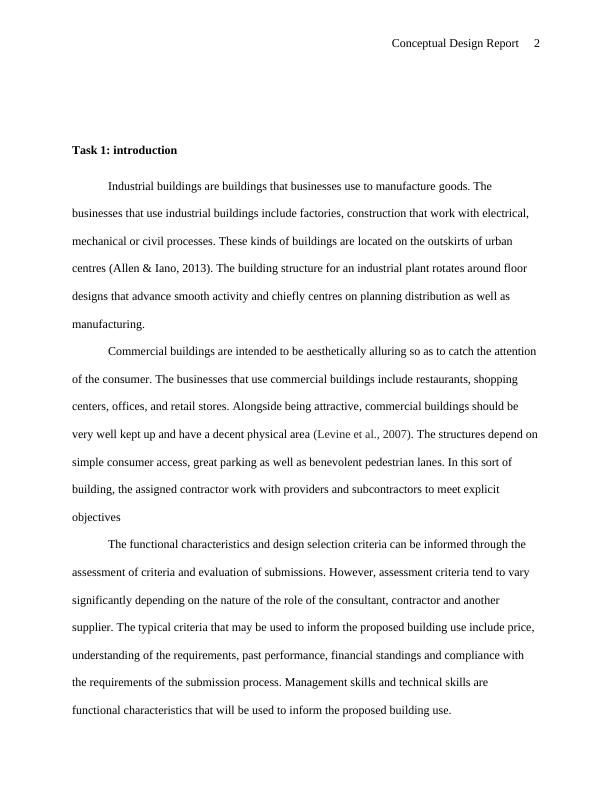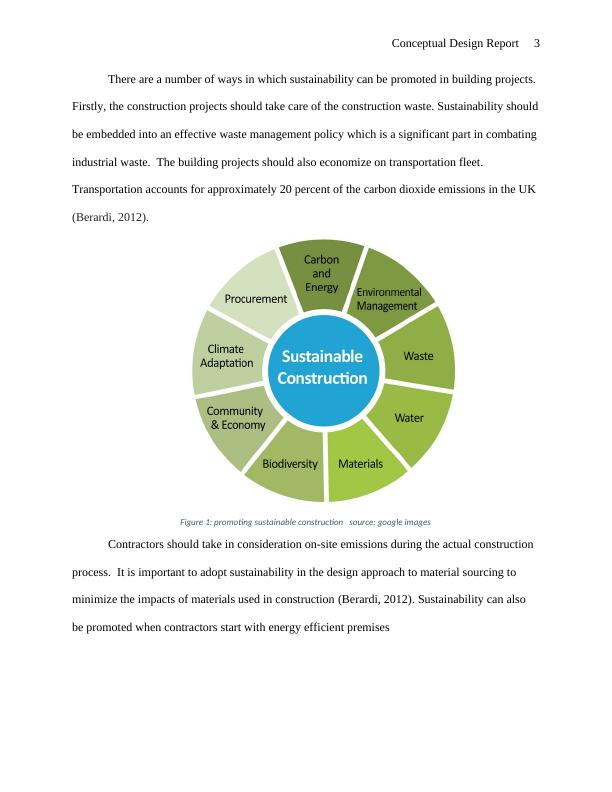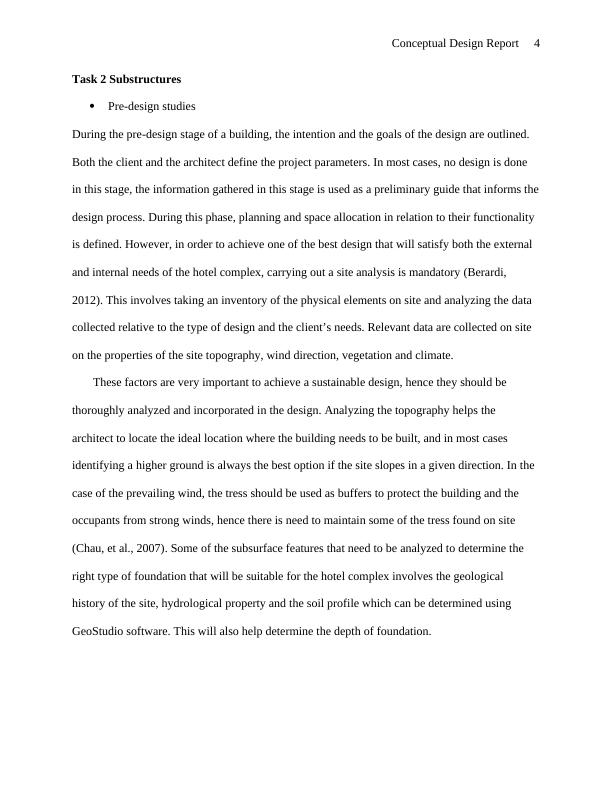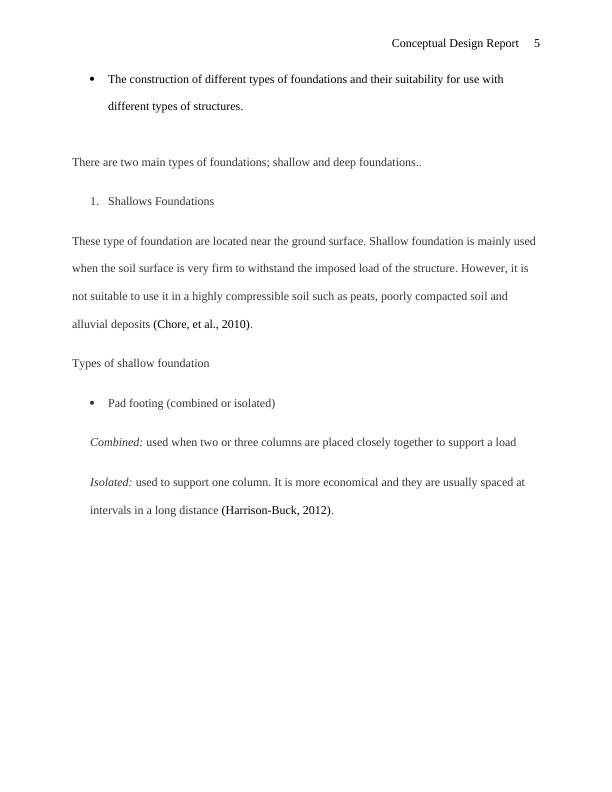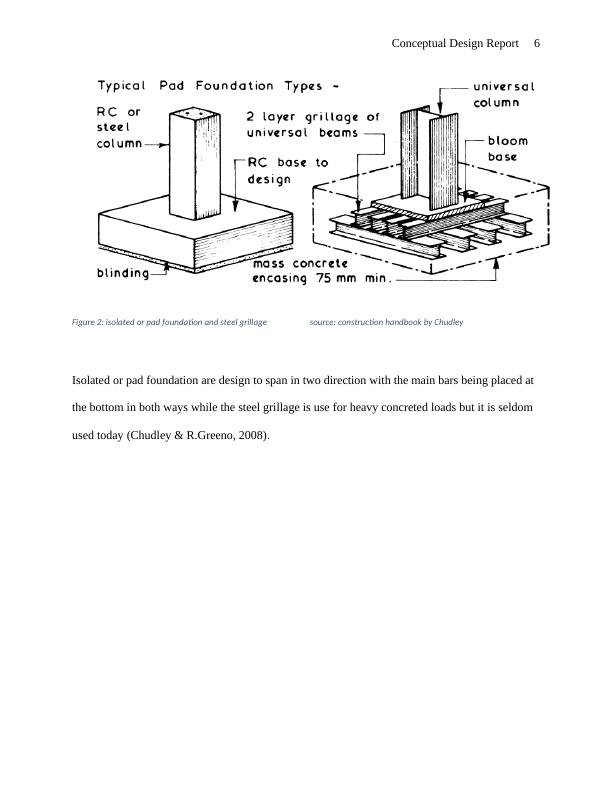Conceptual Design Report for Industrial and Commercial Buildings
Write a written pamphlet discussing the terminology used in construction technology, describing different techniques used to construct substructures and superstructures, and identifying different types of civil engineering infrastructure.
29 Pages4250 Words117 Views
Added on 2023-05-30
About This Document
This report discusses the design criteria and selection process for industrial and commercial buildings, including sustainability considerations. It also covers substructures, superstructures, and civil engineering infrastructure, including techniques for remediating contaminated sites prior to construction.
Conceptual Design Report for Industrial and Commercial Buildings
Write a written pamphlet discussing the terminology used in construction technology, describing different techniques used to construct substructures and superstructures, and identifying different types of civil engineering infrastructure.
Added on 2023-05-30
ShareRelated Documents
End of preview
Want to access all the pages? Upload your documents or become a member.
Construction Technology Assignment Solution (pdf)
|15
|5514
|301
Innovation in Construction Practice: BIM, Cloud Services, and Sensing Technologies
|8
|2196
|131
Concept Project of Zero Energy Building
|15
|2459
|47
Construction Technology: Residential, Commercial, and Industrial Buildings
|15
|4850
|43
construction technology and management - Assignment
|13
|4038
|91
Environmental Management for Sustainable Development
|11
|1545
|399

